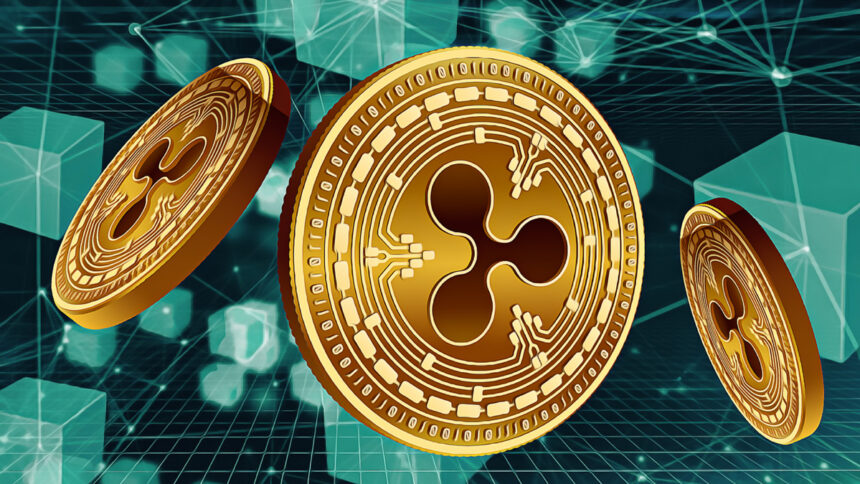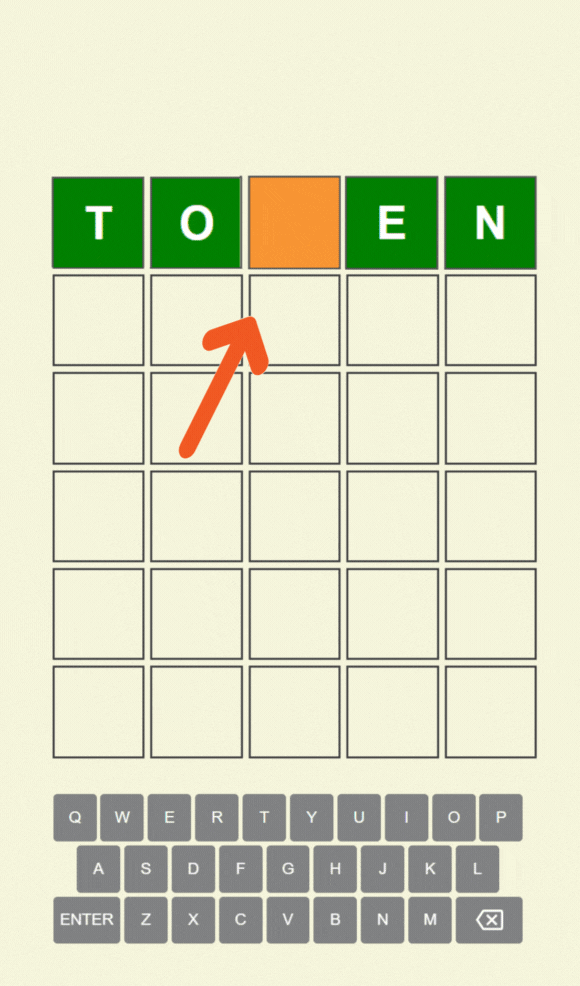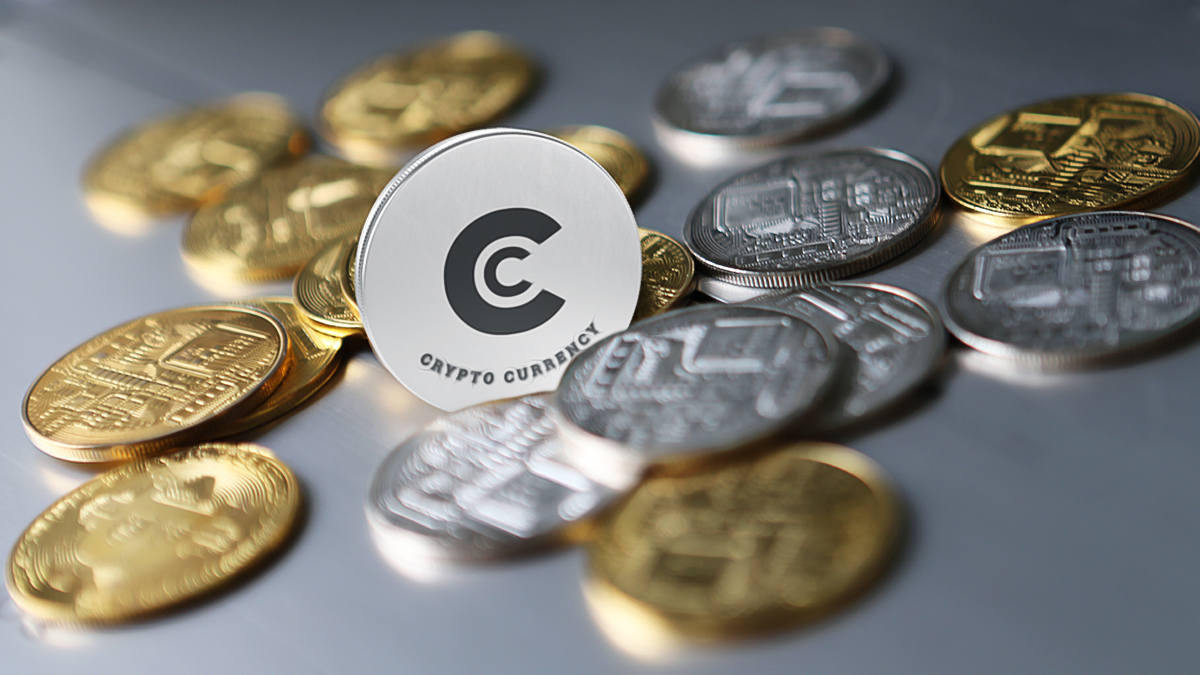On July 5, Ripple  $4 submitted an application in the United States to secure a national bank license, leading to a swift surge in buying activity for its cryptocurrency, XRP. Within minutes, XRP’s price broke the $2.28 resistance level with high volume, marking a two-year high. The sustained position above this critical threshold not only reinforced the upward potential in technical indicators but also boosted institutional interest with confidence in regulatory clarity. Investors closely monitor the progress of the licensing process, pairing it with price movements.
$4 submitted an application in the United States to secure a national bank license, leading to a swift surge in buying activity for its cryptocurrency, XRP. Within minutes, XRP’s price broke the $2.28 resistance level with high volume, marking a two-year high. The sustained position above this critical threshold not only reinforced the upward potential in technical indicators but also boosted institutional interest with confidence in regulatory clarity. Investors closely monitor the progress of the licensing process, pairing it with price movements.
Significance of Ripple’s Bank License Application
The submission to the Office of the Comptroller of the Currency (OCC) could potentially grant Ripple full-fledged national bank status if approved. This would enable the company to directly integrate its payment network with traditional financial infrastructure, offering custodial, deposit, and insured account services. Experts claim that this development could eclipse the long-standing regulatory ambiguity, facilitating easier institutional capital access to XRP.
Ripple’s management has intricately detailed critical elements in their filing, such as risk management, compliance processes, and capital adequacy. This initiative seeks to unite real-time money transfer capabilities with banking assurance, aiming for a competitive edge. The comprehensive plan submitted to the OCC serves as a significant indicator embodying “institutional acceptance” for the XRP ecosystem. Crypto Traders Are Rushing to This App – Here’s Why You Should Too
Critical Levels and Expectations for XRP
During the 24-hour period between July 6 at 03:00 and July 7 at 02:00, XRP experienced a 2.36% increase, ascending from $2.21 to $2.26, with volume peaking particularly at 08:00, 10:00, and 13:00. Throughout the day, the $2.24-$2.25 range provided robust support, and breaching the $2.28-$2.29 threshold indicated market expansion with new buyers.
Technical analysts suggest that a stable close above the $2.28 level could propel the price first to $2.38, and subsequently into the $2.60-$3.40 range. Conversely, descending below $2.25 may prompt a short-term correction to the $2.21-$2.22 area. Investors will keep a keen eye on each development in the licensing process to determine whether key support levels are maintained.


 Türkçe
Türkçe Español
Español








